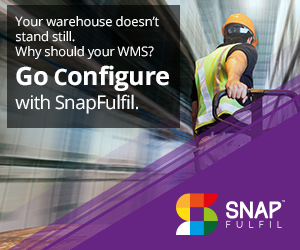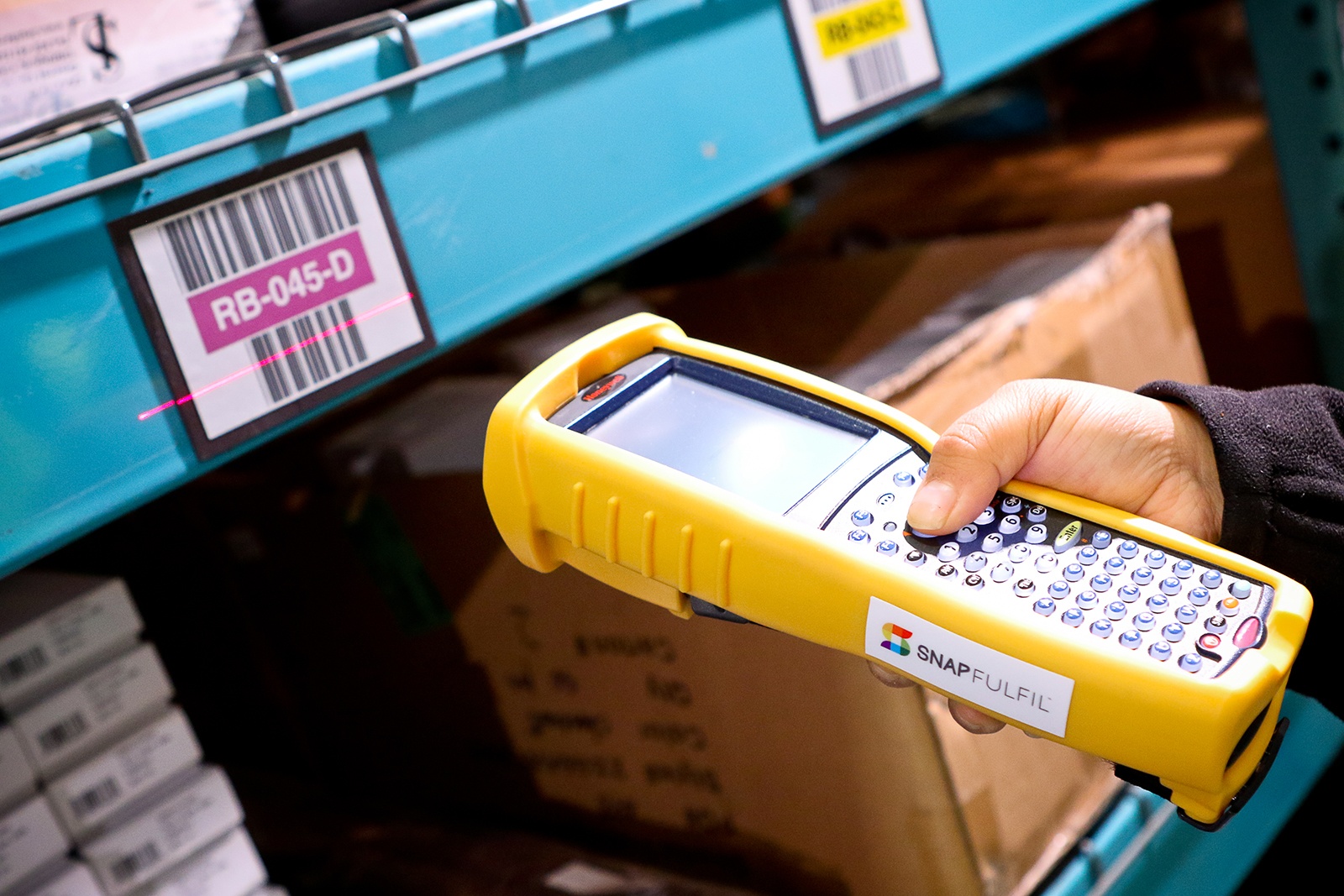RF data collection vs. warehouse management systems
Think back to when you bought your first cell phone. Its primary (and nearly only) function was making phone calls. Texting involved pushing numbers several times, and what time of day the provider considered “night” was important in your purchasing decision.
Now think about your current cell phone. You can accomplish herculean tasks with just a few taps, and there’s an app for virtually anything. Smartphones have become such a crucial element in efficient work that many companies include a cell phone stipend in their employees’ paychecks.
Comparing RF data collection software to warehouse management systems is similar. While RF data collection software lowers the number of errors associated with paper-based warehouse tasks, transitioning from paper to RF-based operations is simply a stepping stone to achieving efficient warehousing operations. A true warehouse management system (WMS) performs data collection as a fundamental, base feature, however, its real value lies in driving activity, not recording it.

Think of a WMS as the smartphone to RF data collection’s cellphone.
Although RF data collection systems are often touted as a warehouse management systems, they are two fundamentally different things. If all you want is to move from paper to RF, then a data collection system could be a cost-effective option. But, if what you really need is a system which optimizes the stock, space and resources in your warehouse, then a WMS is the better option.
Thinking about shifting from RF data collection to a best of breed WMS, or just trying to decide which is better for your company? Here are some benefits a WMS could have on your bottom line:
Improved labor optimization
There’s never a dull day in the warehouse industry. That means the more efficient a work process can be, the quicker your team can move on to the next task to keep things flowing smoothly. RF data collection software can help you avoid pencil-and-paper errors, for example misidentified SKUs and incorrect recording of a putaway location, but it won’t actively improve your performance. A WMS will continually optimize your processes and direct your people in real-time based on your operational priorities. You’ll ensure you’re using your team’s full talents, and they’ll be able to move more inventory through your warehouse at a faster pace to meet customer demand.
Better-organized inventory
Once you’ve tied an item to an RF tag, an RF data collection system can guide you to where you’ve placed that particular item in your warehouse. Unfortunately, it won’t necessarily tell you if you put it in the wrong place! This can be a costly error for any warehouse, but even more so for companies trying to manage vast operations. A WMS will not only improve the organization of distribution center inventory for greater efficiency, it will also aid long-term inventory management processes. Because time is money, a WMS can help you cut down on travel time across your warehouse. For example, if a WMS knows that two items are frequently purchased together, the software can recommend placing them next to each other for easier access.
Reduced administration and paperwork
While RF data collection will allow for the review of what has occurred, the creation and sorting of tasks doesn’t change. Orders and receipts still must be processed with the rigor and effort associated with your old, paper-based processes. On the other hand, a WMS links documents (POs to their receipts to their put-away tasks, sales orders to shipments to their picking/packing/shipping tasks). As a result, your administrators and back office operators aren’t overcome with posting and attempting to associated documents to the actual tasking being performed. They attain efficiency, as the WMS is performing outdated clerical tasks as part of its value proposition to you.
And, if you believe that paper will disappear with the use of RF data collection systems, you’ll likely discover that – while reduced – constraints with RF data collection will require something to be printed out to support RF operations. For example, while both an RF data collection system and a best of breed WMS will allow for barcode scanning and unit of measure and quantity entry during the receipt inspection process, only the WMS is linking every SKU, quantity and unit of measure back to its source purchase order for reconciliation. It isn’t simply collecting information – it is using that information to update source documents.
Comprehensive returns management
Shipping an item to the customer is, relatively speaking, the easy part. But what happens if and when it comes back? Basic RF data collection software will allow you to check in the return, but warehouse managers know scanning the item is only the first of multiple steps in the return process. How do you tie it to the original purchase? Why was the item returned, and is there a different process for handling the item based on the reason (i.e. defective product)? A WMS can keep track of return protocols and ensure warehouse operators have a streamlined return operation to maximise the recovery value from returned items.
As technology has grown more sophisticated, so have the demands of warehouse management. It comes down to the needs of your warehouse – if you’re a smaller organization, RF data collection may provide you with all the functionality you need – for now. But for larger organizations, or those that anticipate growth in the near future, a WMS will not only help you run your warehouse, it will actively improve your processes. A WMS will fully integrate your warehouse, even your accounting books, into one program.
In a realm that demands efficiency – yes, even during what your cellular carrier once considered “nights and weekends” – it’s never a bad idea to review your warehouse and see how the even the smallest changes can make the biggest impact.
If you’re ready to make the move to a WMS, or are interested in seeing how it can improve your warehouse operations, SnapFulfil Cloud WMS is ready to address your needs. Take a look at SnapFulfil’s software, which is designed for organizations of any size.



